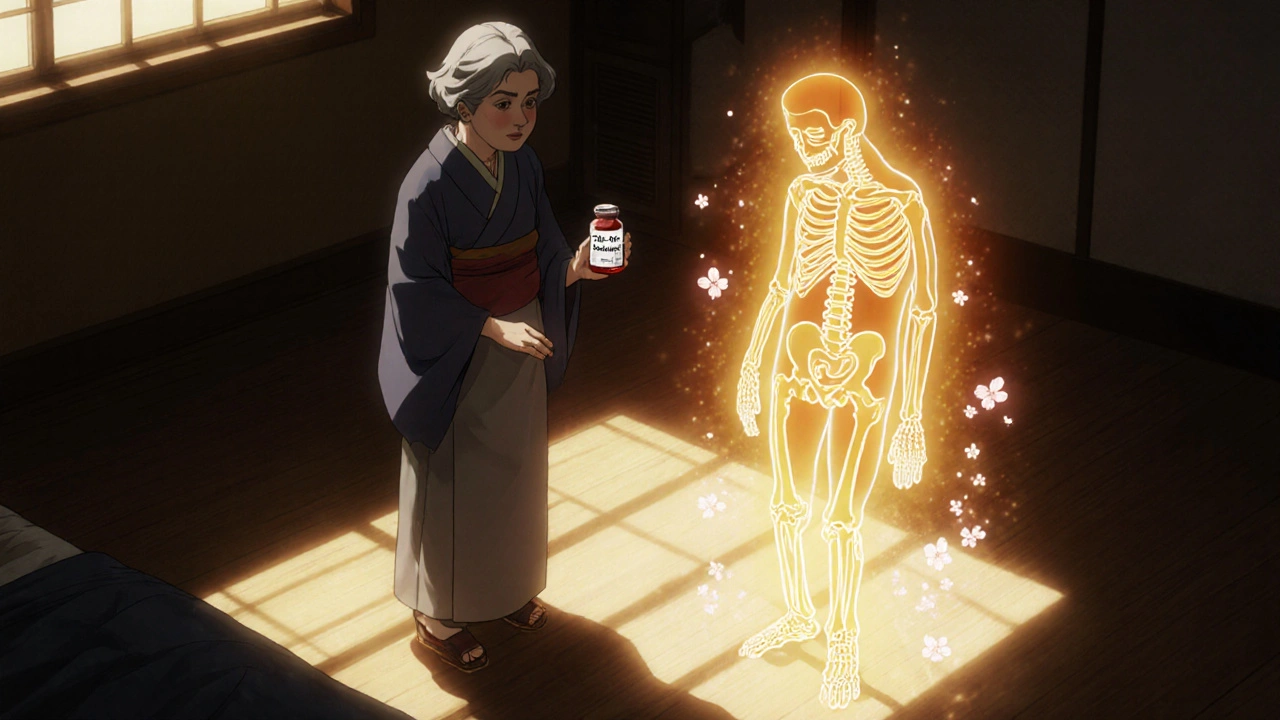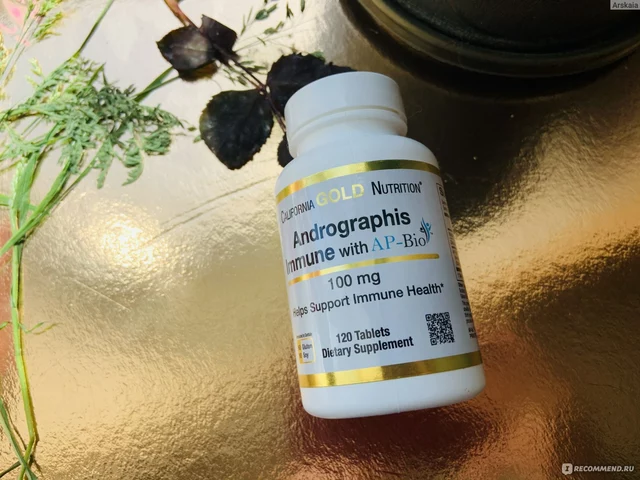If you’ve been dealing with constant aches-back pain, joint stiffness, muscle soreness-that won’t go away no matter how much you rest, stretch, or take painkillers, you might be missing something simple: vitamin D. It’s not just about bone health or sunshine. Low levels of this vitamin are linked directly to unexplained, persistent pain in hundreds of thousands of people worldwide. And it’s not just a theory. Real studies, real patients, and real relief have shown that fixing a vitamin D deficiency can turn chronic pain from a daily battle into something manageable.
What vitamin D actually does in your body
Vitamin D isn’t just a supplement you take to avoid rickets. It’s a hormone your body makes when your skin is exposed to sunlight. Once it’s made, it goes to your liver and kidneys to become active. Then it travels through your bloodstream and talks to cells all over your body-especially your muscles, nerves, and immune system.
One of its main jobs? Regulating calcium. But it also controls inflammation and helps your nerves send pain signals properly. When vitamin D drops too low, your nerves become hypersensitive. Muscles weaken. Inflammation doesn’t shut off. That’s when pain starts showing up in places you didn’t expect-hips, lower back, thighs, even your ribs.
A 2021 study in the Journal of Clinical Medicine followed 412 adults with chronic low back pain. Half had vitamin D levels below 20 ng/mL. After three months of taking 4,000 IU daily, 73% of them reported at least a 30% drop in pain. Not just a little better. Enough to stop relying on painkillers.
Why most people don’t realize they’re deficient
You don’t feel vitamin D deficiency like a cold. There’s no fever, no cough. It creeps in slowly. You just feel tired. Your muscles feel heavy. Your joints ache when it rains. You think it’s aging, stress, or bad posture. But here’s the catch: you can have a serious deficiency and still feel fine most days.
In Australia, where we get plenty of sun, you’d think everyone’s fine. But that’s not true. People who work indoors, wear sunscreen all day, have darker skin, or live in cities with tall buildings often don’t get enough sun exposure. Older adults make less vitamin D naturally. People with obesity store it in fat and can’t use it easily.
One 2023 report from the Australian Bureau of Statistics found that 31% of adults in South Australia had vitamin D levels below 50 nmol/L-the threshold where health risks start rising. And among those with chronic pain, the number jumped to 58%.
The science behind vitamin D and pain
It’s not just correlation. There’s a clear biological link.
Vitamin D receptors are found in nerve tissue, muscle cells, and immune cells. When vitamin D binds to these receptors, it turns down inflammation. It also helps produce substances like calcitriol that calm overactive pain signals.
Without enough vitamin D, your body can’t control inflammation properly. That means tiny, ongoing inflammation in your joints and muscles stays active. It’s like a fire that won’t go out. That’s why people with fibromyalgia, arthritis, or unexplained muscle pain often test low.
A 2022 meta-analysis of 17 studies, published in Pain Medicine, showed that people with chronic pain had significantly lower vitamin D levels than those without. And when they corrected the deficiency, pain scores dropped across the board-especially in those with back pain, neuropathic pain, and musculoskeletal pain.

How to know if your pain is linked to low vitamin D
Not every ache is from vitamin D. But here are signs it might be:
- Pain that gets worse in winter or on cloudy days
- Deep, aching pain in your bones or muscles-not sharp or localized
- Feeling tired even after sleeping well
- Pain that doesn’t improve with physical therapy or stretching
- Having a history of osteoporosis, gut issues, or dark skin
If you have two or more of these, it’s worth getting tested. A simple blood test-25-hydroxyvitamin D-costs less than $50 in Australia and can be done at any GP clinic. Levels below 50 nmol/L are considered insufficient. Below 30 nmol/L is a clear deficiency.
How to fix it-safely and effectively
Fixing a deficiency isn’t about taking a random supplement. It’s about getting the right dose, for the right time, with the right support.
Most people need 2,000 to 4,000 IU per day to raise levels safely. Higher doses (up to 10,000 IU) may be needed for severe deficiency, but only under medical supervision. You don’t want to overdose. Too much vitamin D can raise calcium levels and hurt your kidneys.
Take it with food-especially fat. Vitamin D is fat-soluble. Taking it on an empty stomach means half of it passes through you unused. A meal with eggs, avocado, or olive oil helps your body absorb it.
And yes, sunlight still matters. Even in winter, 10-15 minutes of midday sun on your arms and face, three times a week, helps. But if you’re in Adelaide and it’s May to August, the sun’s angle is too low to make vitamin D. That’s when supplements become essential.
What to expect when you start supplementing
It’s not magic. You won’t wake up pain-free after one pill.
Most people start feeling better in 4 to 8 weeks. Muscle strength improves. Aches feel less deep. Some notice their sleep gets better-because pain interrupts sleep, and better sleep reduces pain sensitivity.
One woman in Adelaide, 62, had hip and knee pain for 4 years. She tried physio, injections, even acupuncture. Nothing stuck. Her vitamin D level was 22 nmol/L. After three months of 4,000 IU daily and walking outside for 15 minutes every morning, her pain dropped by 60%. She stopped taking ibuprofen. She’s now hiking again.

What doesn’t work
Don’t waste time on these:
- Buying cheap, untested supplements from gas stations
- Assuming “vitamin D3” is enough without checking the dose
- Thinking one dose fixes everything-you need to retest after 3 months
- Believing you can out-sunscreen your way out of deficiency
Look for supplements with third-party testing (like NSF or Informed Choice). Stick to D3 (cholecalciferol), not D2. D3 is what your body makes from sunlight-it’s more effective.
When to see a doctor
You can start with a blood test and supplements. But if your pain doesn’t improve after 3 months, or if you have other symptoms like weight loss, night sweats, or numbness, see a doctor. Vitamin D deficiency might be masking something else-like autoimmune disease, nerve damage, or even early signs of cancer.
Also, if you have kidney disease, sarcoidosis, or take certain medications (like steroids or seizure drugs), talk to your doctor before starting high-dose vitamin D. It can interact.
Long-term maintenance
Once your levels are normal, you still need to keep them there. Most people need 1,000 to 2,000 IU daily to stay in range. In summer, sunlight helps. In winter, supplement.
Get tested once a year. Especially if you’re over 50, have dark skin, or stay indoors most of the day. Prevention is easier than fixing pain after it’s taken over your life.
Chronic pain doesn’t have to be your new normal. Sometimes, the fix is as simple as a vitamin your body used to make naturally-before we started hiding from the sun, working inside, and reaching for pills instead of answers.
Can vitamin D deficiency cause back pain?
Yes. Low vitamin D weakens bones and muscles, increases inflammation, and makes nerves more sensitive to pain. Many people with chronic lower back pain have been found to have vitamin D levels below 30 nmol/L. Correcting the deficiency often reduces pain significantly, sometimes enough to stop using painkillers.
How long does it take for vitamin D to help with pain?
Most people notice improvement in 4 to 8 weeks after starting supplementation. Full benefits, like increased strength and reduced inflammation, take 3 to 6 months. It’s not instant, but consistent dosing leads to lasting relief.
What’s the best form of vitamin D for pain?
Vitamin D3 (cholecalciferol) is the best form. It’s the same type your skin makes from sunlight. D2 (ergocalciferol) is less effective and doesn’t raise blood levels as well. Always choose D3 supplements with a known dose and third-party testing.
Can I get enough vitamin D from food alone?
It’s very hard. Fatty fish like salmon and mackerel have some, and fortified milk or cereals add a little. But you’d need to eat 3-4 servings of salmon daily to reach 2,000 IU. For most people, supplements and sunlight are necessary to fix or prevent deficiency.
Is it safe to take vitamin D every day?
Yes, if you stay under 4,000 IU per day. That’s the safe upper limit for adults. Higher doses should only be used under medical supervision. Too much vitamin D can raise calcium levels and lead to kidney stones or heart issues. Always test your levels before starting high doses.






So many people overlook how fundamental vitamin D is for pain regulation. It's not just a supplement-it's a hormone that modulates your entire inflammatory response. I've seen patients with fibromyalgia go from bedridden to hiking trails just by correcting their levels. The science isn't new, but the medical community still treats it like a footnote. Your body doesn't need a pharmacy to heal-it needs sunlight, fat, and patience. And yes, 4,000 IU is the sweet spot for most adults without kidney issues. No magic pills, just biology.
Let’s be real-this is just Big Pharma’s way of selling you pills instead of fixing the real problem: Americans sitting inside all day. You think vitamin D is the answer? Try getting off the couch. Go outside. Stop treating your body like a broken iPhone that needs a firmware update. 4,000 IU? That’s a band-aid on a gunshot wound. The real fix is lifestyle-not a capsule you swallow while scrolling TikTok.
OMG, this is SO TRUE!! I’ve been saying this for YEARS!! Vitamin D is the ultimate biohack, bro!! It’s not just about pain-it’s about epigenetic regulation, neuro-immune crosstalk, and mitochondrial resilience!! I took 10,000 IU daily for 6 months and my CRP dropped from 8.2 to 0.9!! Also, my aura feels brighter now!! 😌✨
Of course they say vitamin D fixes pain. What they don't tell you is that the labs that test for it are owned by the same companies that sell the supplements. You think your doctor cares about your pain? Nah. They care about the rebate from the pharmaceutical conglomerate. You’re being sold a placebo wrapped in a peer-reviewed study. And don’t even get me started on the sunblock industry-they’re the real villains here.
How charming. Another ‘natural remedy’ post that ignores the fact that most chronic pain is neurological, not nutritional. Vitamin D deficiency is a comorbidity, not a cause. If you’re taking 4,000 IU and still hurting, you’ve got something else going on-maybe a herniated disc, or worse, a systemic autoimmune condition. This kind of oversimplification does more harm than good.
Let’s quantify this. 73% of patients in that 2021 study reported 30% pain reduction. That’s 3 out of 4 people. But what’s the placebo effect rate in chronic pain trials? 40-60%. So maybe 20-30% of that improvement is real. And 4,000 IU daily? That’s above the UL. You’re asking people to risk hypercalcemia for a marginal gain. This isn’t medicine-it’s wellness marketing dressed in lab coats.
YESSSS this!! I had lower back pain for 3 years and thought it was from sitting too much at my desk 😩 Then I got tested-my D was at 18 ng/mL!! Started 4,000 IU with breakfast (avocado toast FTW 🥑) and within 6 weeks, I could bend over to tie my shoes without groaning!! 🙌 Now I take it every day like my daily coffee ☕️ And yes, I sleep better too!!
While the association between serum 25(OH)D and musculoskeletal pain is well-documented, the causal inference remains tenuous. The meta-analysis cited demonstrates correlation, not mechanistic causality. Furthermore, the threshold of 50 nmol/L as ‘insufficient’ is not universally accepted-NICE guidelines, for instance, use 25 nmol/L. The clinical utility of universal supplementation without diagnostic confirmation remains questionable.
I’m from Nigeria, and we don’t have vitamin D pills in the village. We just go outside. Sun on skin. No sunscreen. No doctor. No test. My grandma had back pain? She walked barefoot in the sun every morning. Now she’s 89 and still carries water. Maybe the answer isn’t in a bottle. Maybe it’s in the sun.
Okay so… I took D3 for 3 months and my pain went down… but then I realized I was also walking more, sleeping better, and drinking less soda. So was it the D3? Or was it the fact that I stopped being a lazy sack? Also, typo: ‘calcitriol’ is not a substance your body ‘produces’-it’s the active metabolite. And I think I spelled ‘cholecalciferol’ wrong. Sorry. But the point stands: stop blaming your pain on a vitamin you can get for free from the sky.
Thank you for writing this so clearly. I’ve been dealing with chronic hip pain for 5 years, and no doctor ever mentioned vitamin D. I got tested last month-my level was 24. Started 2,000 IU daily with my eggs. After 6 weeks, I can finally sit in a car for more than 20 minutes without wanting to cry. I’m not a miracle worker, but I’m not in constant discomfort anymore. Just… grateful.
Who funds these studies? Who owns the labs? Who controls the ‘normal range’ for vitamin D? And why does every ‘expert’ suddenly recommend 4,000 IU after the FDA approved a new D3 patent in 2019? This isn’t science-it’s a coordinated campaign to make you dependent on corporate supplements while they quietly remove sunlight from public health policy. You’re being played.
I live in Delhi, and even here, with all the sun, people are deficient. Why? Because we stay indoors, use sunscreen, and eat white rice and bread. My cousin had knee pain for 2 years. He started 5,000 IU daily with ghee (yes, butter!) and now he plays cricket with his kids. No surgery. No pills. Just food, sun, and consistency. Simple. Not sexy. But real.
For anyone reading this and thinking, ‘I’ll just start taking D3 tomorrow’-please don’t rush. Get tested first. Don’t guess. Don’t follow Instagram influencers. If you’re over 50, have dark skin, or live north of Atlanta, you’re likely low. But if you’re healthy and outside daily? You might be fine. This isn’t a one-size-fits-all fix. It’s a tool. Use it wisely.
So you're telling me that after centuries of humans living without supplements, we now need pills to fix pain caused by not getting enough sun? What happened to our bodies? We used to be fine. Now we're fragile little babies afraid of the sun and dependent on chemical solutions. Maybe the problem isn't vitamin D. Maybe it's that we've forgotten how to live.